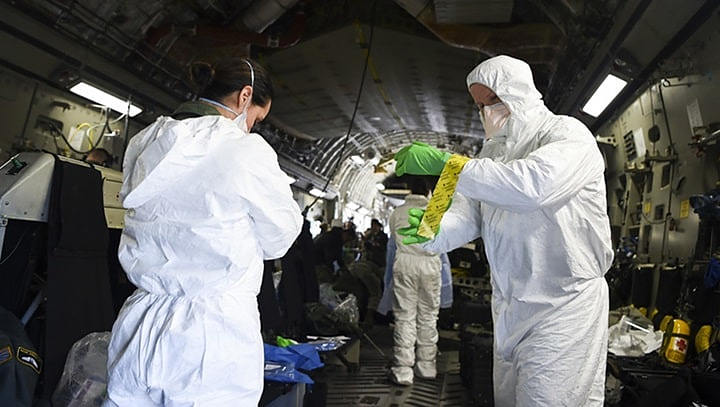Virus set to be in charge for a while yet

In 2020, the Nordic countries followed a similar pattern to most other countries. Sharp contraction in the fall as the new coronavirus restrictions set in, a strong but partial rebound as restrictions were eased and renewed weakness towards the end of the year as infection rates rose. This year, we expect activity to remain subdued in the winter months, but to recover vigorously when the weather improves and vaccines make a difference. Most of the recovery will come simply as a result of opening up, with the remaining adjustments back to normal expected to happen more gradually and to be more or less completed in 2022. This is not like the great financial crisis when the economy took a long time to heal. Consumers have not chosen to spend less but are forced to do so and are partly compensating by spending much more on areas like housing. This is very different from previous crises and the recovery is expected to be different too.
Nordics stand out
The circumstances are shared by many countries, but the Nordics have suffered significantly less, not only because they have relatively smaller hospitality sectors, but also due to the absence of travel. Only Denmark comes close to balanced trade in tourism. The Nordics also did better in manufacturing and construction, as they managed to avoid a lockdown of those sectors in the spring of 2020. There are important differences between the Nordic countries, though. At the time of writing, Denmark's lockdown includes schools and nonessential stores, which remain open in other countries. The recovery in Norway is so strong that, combined with the already strong state of the economy before the crisis, it could well be the first country in Europe to hike interest rates this year. Sweden, on the other hand, while also recovering, is battling with low inflation and could cut rates back into negative territory, although that is not our main scenario. Finland has been a big positive surprise given how dependent it usually is on the global business cycle.
Risks remain
With the arrival of highly efficient vaccines the risk of a renewed crisis caused by the coronavirus has declined significantly. New trade wars look less likely following the US election result and the Brexit trade deal has also removed economic uncertainty. Risks now clearly run in both directions. The recovery may disappoint, but the Nordic countries are well equipped to support the economy if necessary. There is also the possibility that the upswing becomes significantly stronger than we expect, as large amounts of purchasing power are released together at a time of very accommodative economic policy. Concerns about overheating, not least of local parts of the housing market, could well resurface in the coming years.
Author

Danske Research Team
Danske Bank A/S
Research is part of Danske Bank Markets and operate as Danske Bank's research department. The department monitors financial markets and economic trends of relevance to Danske Bank Markets and its clients.

















